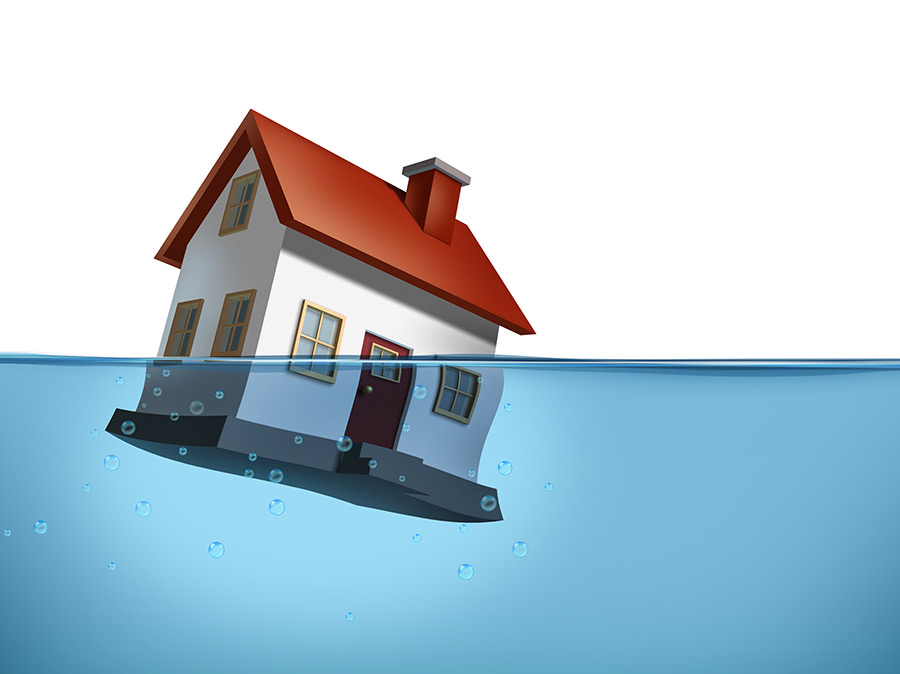Delving Into What Causes Leak Problems Are So Widespread Within Your Home
Delving Into What Causes Leak Problems Are So Widespread Within Your Home
Blog Article
We have stumbled upon this post about Top Causes of Home Water Leaks down the page on the web and accepted it made sense to share it with you here.

Leakages not only cause waste of water but can also cause unnecessary damage to your house as well as advertise unwanted natural growth. By looking and understanding for day-to-day circumstances that create leaks, you can shield your home from future leaks as well as unnecessary damage.
Encroaching roots
Many water leakages start outside your home as opposed to inside it. If you observe a sudden decrease in water stress, say in your tap, take some time to go out as well as analyze your lawn. You might observe damp spots or sinkholes in your yard, which could imply that tree roots are getting into water lines triggering water to leak out. You can have your plumber check for intrusion, particularly if you have trees or hedges near your residential property.
Corroded water supply
This could be the reason of discoloration or warping on your water pipelines. If our plumbing system is old, think about changing the pipelines since they are at a greater risk of rust than the newer versions.
Defective Pipeline Joints
The factor at which your pipes link is frequently the weakest link in the waterline. Pipeline joints can weaken gradually, resulting in water leakages. Unfortunately, the majority of pipe joints are not quickly visible. If you have loud pipes that make ticking or banging noises, specifically when the hot water is activated, your pipeline joints are probably under a great deal of stress. It is suggested to have your plumber inspect your system yearly.
Immediate temperature level adjustments.
Extreme temperature level changes in our pipelines can cause them to increase and also get all of a sudden. This growth and also tightening may cause splits in the pipes, particularly if the temperature are below freezing. It would be best if you watched on how your plumbing works. The presence of the formerly discussed situations often shows a high danger.
Poor Water Connectors
At times, a leakage can be created by loosened hose pipes and pipes that supply your appliances. In instance of a water connections leakage, you may observe water running straight from the supply line or pools around your home appliances.
Clogged Drains
Obstructed drains could be aggravating and inconveniencing, but they can sometimes end up causing an overflow leading to burst pipes. Maintain removing any type of materials that may decrease your drains that can block them to prevent such troubles.
All the above are sources of leaks however not all water leaks arise from plumbing leaks; some leakages might originate from roof leakages. All leakages must be repaired promptly to stay clear of water damages.
Leakages not just create waste of water but can also create unneeded damage to your home and also advertise undesirable organic growth. By comprehending and also looking for everyday situations that trigger leakages, you can safeguard your residence from future leakages and also unnecessary damages. Today, we will look at six leakage creates that might be creating your pipes to trickle.
At times, a leak can be created by loose hose pipes as well as pipelines that provide your devices. In instance of a water connections leak, you might observe water running straight from the supply line or puddles around your devices.
How To Check For Water Leak In Your Home
How To Check for Leaks
The average household's leaks can account for nearly 10,000 gallons of water wasted every year and ten percent of homes have leaks that waste 90 gallons or more per day. Common types of leaks found in the home are worn toilet flappers, dripping faucets, and other leaking valves. These types of leaks are often easy to fix, requiring only a few tools and hardware that can pay for themselves in water savings. Fixing easily corrected household water leaks can save homeowners about 10 percent on their water bills.
To check for leaks in your home, you first need to determine whether you're wasting water and then identify the source of the leak. Here are some tips for finding leaks:
Take a look at your water usage during a colder month, such as January or February. If a family of four exceeds 12,000 gallons per month, there are serious leaks.
Check your water meter before and after a two-hour period when no water is being used. If the meter changes at all, you probably have a leak.
Identify toilet leaks by placing a drop of food coloring in the toilet tank. If any color shows up in the bowl after 10 minutes, you have a leak. (Be sure to flush immediately after the experiment to avoid staining the tank.)
Examine faucet gaskets and pipe fittings for any water on the outside of the pipe to check for surface leaks.
Undetected water leaks can happen without the home or business owner even realizing. If you suspect a water leak, but not able to find the source. It is time to contact a professional water leak detection service, The Leak Doctor.
How To Find a Water Leak In Your Home
https://www.leakdoctor.com/blog/How-To-Check-For-Water-Leak-In-Your-Home_AE197.html

I'm very eager about How Fast Water Damage Can Ruin Your Home and I am hoping you enjoyed reading the post. Loved our blog entry? Please share it. Let another person locate it. Thanks a bunch for your time. Come back soon.
Top plumbers, call! Report this page